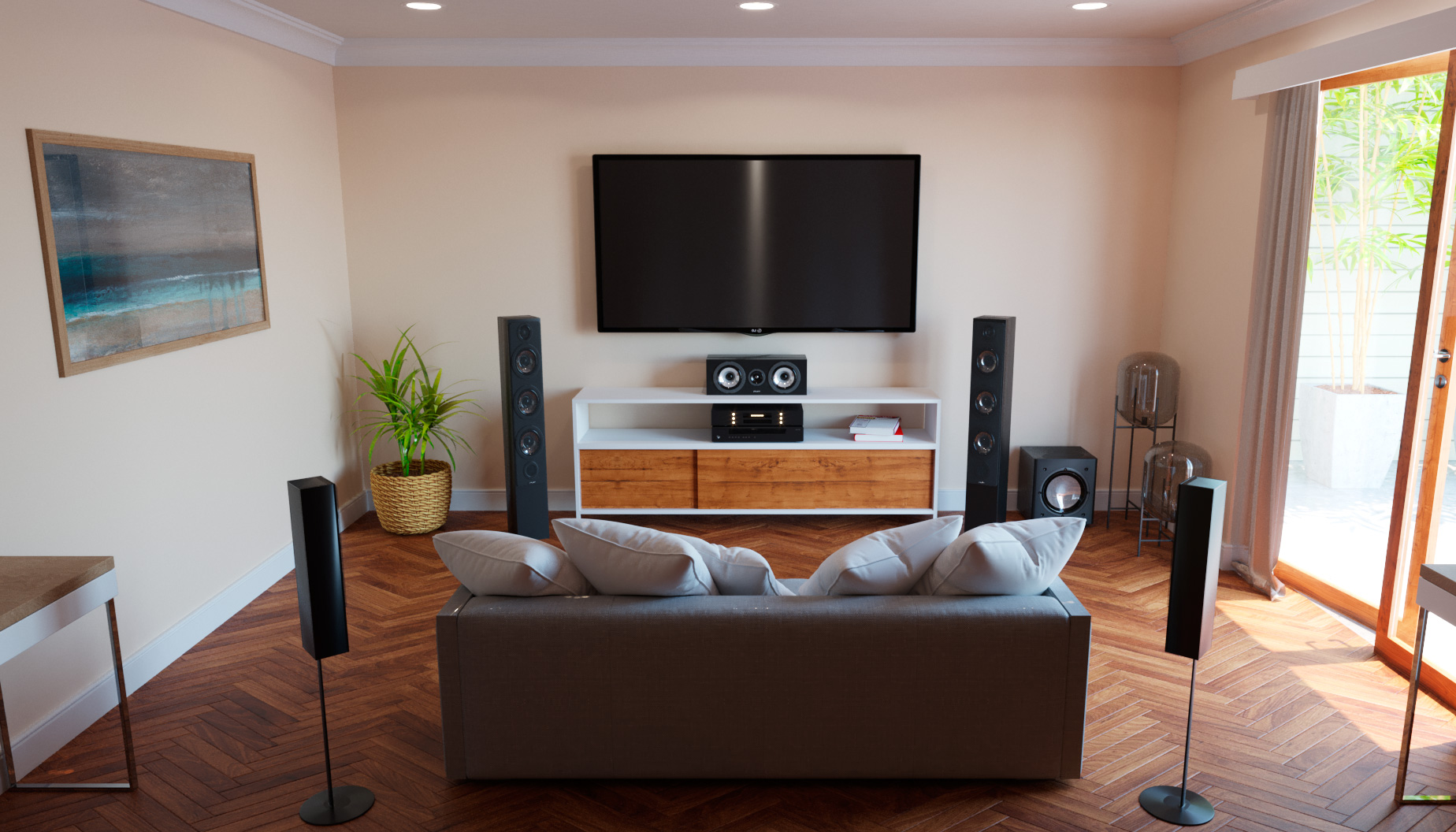Movies happen to be mixed along this way, with high dynamic range (HDR) sound, to sound great in a theater.
It’s a pleasant calm ambience with better than average acoustics. High dynamic range sounds great in a theater, where you can hear murmur calm exchange no issue since the noise level is so low and there’s not a ton of reverberations in the room.
All things considered music always louder than dialogue on TV, and sound energizing. Much the same as how the filmmakers endorsed it and needed you to hear it.
In any case, at home, you’re challenging with your window air conditioner, or a fan, or an open window, or others talking in a nearby room.
It’s much more noise to contend with. You most likely likewise have awful acoustics in your playback space with bunches of reflections off hard surfaces and minimal sound proofing in the dividers to stop acoustical energy move.
So you turn up your film so you can minimize sound effects louder than dialogue.

Cost in production
It would cost the studio and/or distributor more money to make an altogether isolated low dynamic range (LDR) audio mix. It’s additional time paying for a re-recording mixer, a mix stage, and filmmakers to arrive in an endorse a new, separate mix.
Cost in plate space and bandwidth
Going off of cost, it additionally costs more money for everybody giving the content (distributors, studios, iTunes, Netflix, Amazon) to give additional streaming bandwidth to another audio stream.
The studios/distributors additionally have a constrained measure of space on their Blu-ray, DVD, and UHD plates.
They invest a ton of energy attempting to appropriately distribute that space just with the fundamental audio mix, menus, video stream, and bonus content. Few would need to surrender plate space for another LDR audio mix.
Cost in consumer electronics with constant compressors
This is a mainstream “solution” to this high dynamic range (HDR) issue. Simply get an amplifier/new receiver/TV with a “night mode” incorporated with it, with real-time audio compressors rushing to crush down the HDR audio into LDR audio.
A couple of issues are:
- The vast majority don’t think about or won’t think to go out and purchase new stuff with this component.
- Many individuals can’t or won’t go through the money.
- Many individuals don’t realize they have this component or how to turn it on.
- A ton of times it sounds like crap which removes the filmmakers’ capacity to convey the emotion and experience they’re attempting to pass on.
Appropriate down mixing from 5.1 to Dolby Surround

Some will say that the volume of the exchange (which is principally from the middle channel) with be influenced when the 5.1 (theatrical) mix is collapsed down into a 2-track Dolby Surround mix, which is regularly the main mix people get the chance to hear at home.
98% of the time this procedure is handled by an algorithm made by Dolby and must not influence the apparent background music on TV shows of the exchange while going from 6 channels of audio down to 2.




